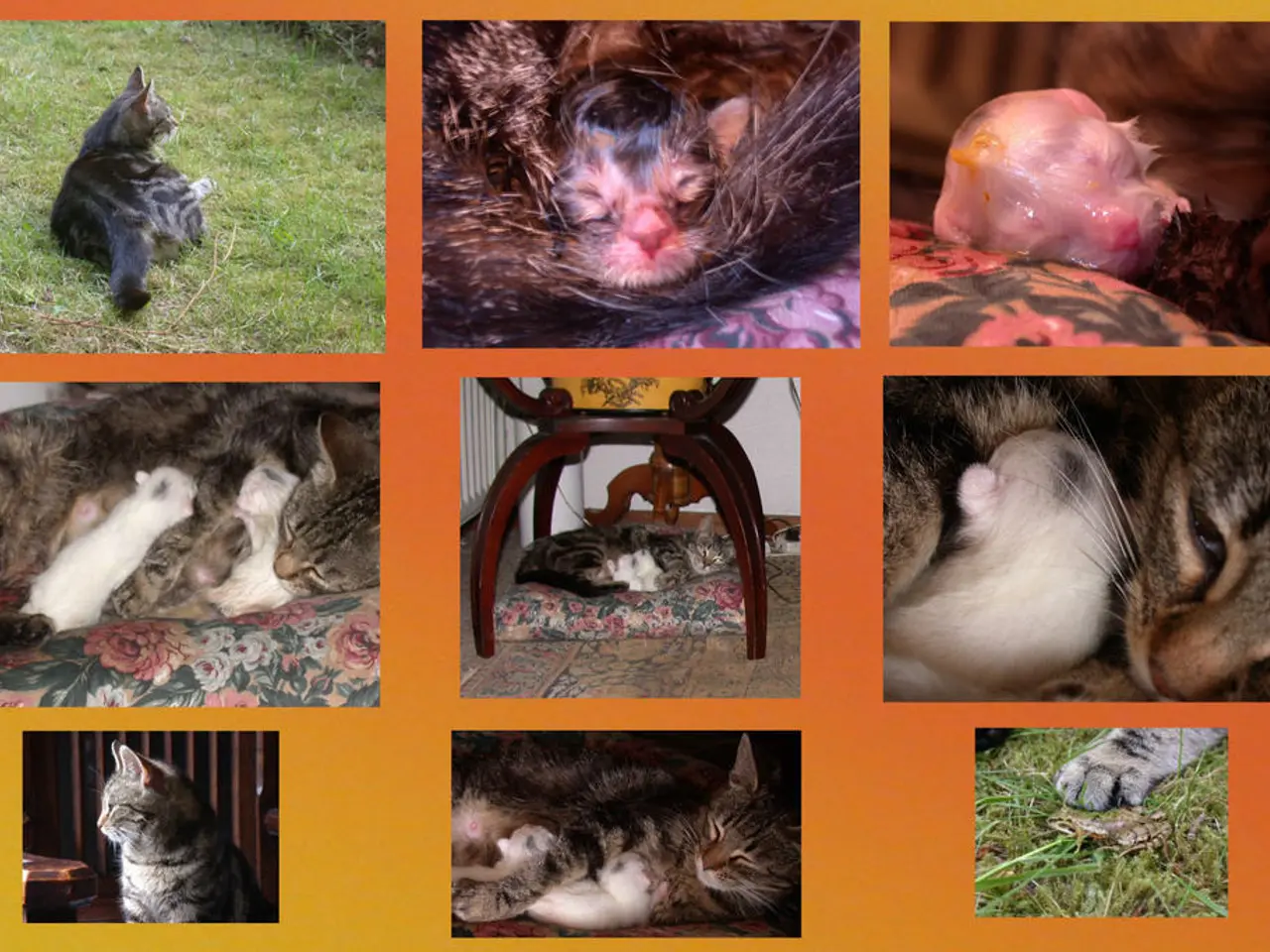Mating Systems Key to Sex-Based Lifespan Disparities: Study
Scientists have explored the intriguing differences between male and female lifespans, revealing surprising influences of mating systems and sexual selection. Led by Johanna Stärk from the Max Planck Institute for Evolutionary Anthropology, the international team has illuminated these disparities.
The study, conducted at the University in Leipzig, Germany, discovered that mating systems significantly impact lifespan. In polygamous species, males often have shorter lifespans due to intense competition for mates. This is because males invest more in developing and maintaining mating advantages, which drains their potential lifespan - a process known as sexual selection.
In the animal kingdom, female mammals typically outlive males by an average of 12 percent. This advantage increases to 16 percent in zoos, where female mammals live longer than their male counterparts. Male birds, on the other hand, have a 6 percent lifespan advantage in captivity. The reason behind this is not solely genetic but also influenced by mating pressures.
The research underscores the intricate interplay between genetics and mating pressures in determining lifespan differences between sexes. Understanding these factors can offer valuable insights into the causes of varied life expectancies and may have implications for human health and longevity.
Read also:
- Trump's SNAP reductions and New York City Council's grocery delivery legislation: Problems for city residents highlighted
- Reducing dental expenses for elderlies in Sweden: Over 50% cut in charges for pensioners by the government
- Forty-year-old diet: A list of meal choices to savor
- Exiled Life's Conundrum: A Blend of Liberation, Disillusionment, and Distress





